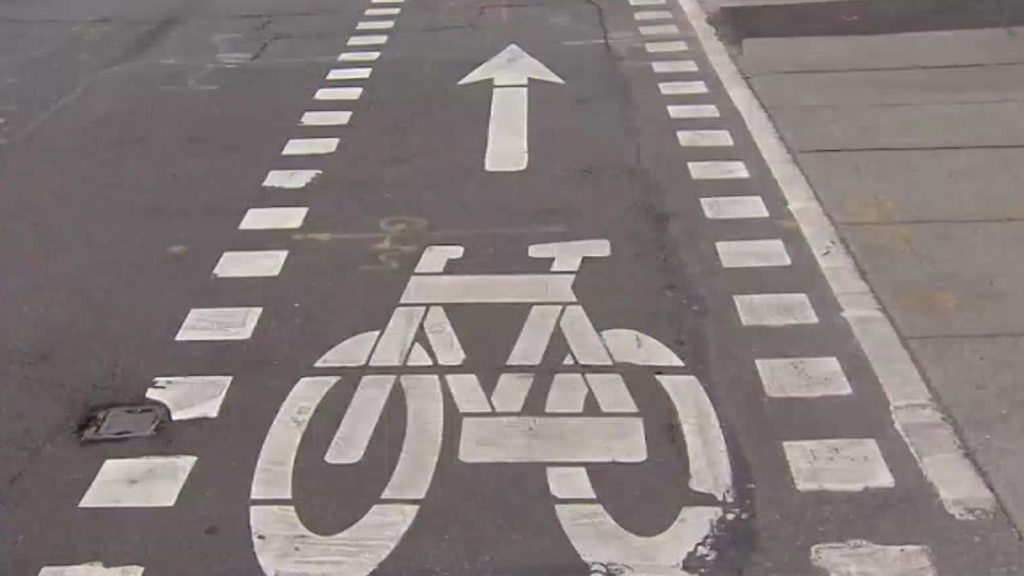Oregon city drops fight to keep Google water use private

Posted December 15, 2022 9:32 pm.
Residents of The Dalles, Oregon, are learning how much of their water Google’s data centers have been using to cool the computers inside the cavernous buildings — information that previously was deemed a trade secret.
Google says its data centers in the Oregon town consumed 274.5 million gallons (1 billion liters) of water last year. Dawn Rasmussen, who lives on the outskirts of The Dalles and has seen the level of her well water drop year after year, said she is shocked.
“I’m flabbergasted and I’m scared for the future,” Rasmussen said. “As we continue to be in drought conditions and the natural water table continues to get depleted, then the city itself is going to start to struggle.”
Data centers around the world help people stream movies, store trillions of photos and conduct daily business online, but a single facility can churn through hundreds of thousands of gallons of water per day.
A lawsuit by the city on behalf of Google — against Oregon’s biggest newspaper, The Oregonian/OregonLive — that sought to keep the water-use information confidential was dropped, the newspaper reported Thursday.
City officials abandoned the 13-month legal fight to keep the information secret and committed to release the company’s water consumption in future years. The California-based company has plans to potentially build more data centers in The Dalles.
In an email, Google confirmed Thursday that its water use numbers would no longer be a trade secret.
“It is one example of the importance of transparency, which we are aiming to increase … which includes site-level water usage numbers for all our U.S. data center sites, including The Dalles,” Google spokesperson Devon Smiley said.
In a Nov. 21 blog posting, Google said that all of its global data centers consumed approximately 4.3 billion gallons (16.3 billion liters) of water in 2021, which it said is comparable to the water needed to irrigate and maintain 29 golf courses in the southwest U.S. each year.
John DeVoe, executive director of WaterWatch of Oregon, a conservation organization, said there should be no secrecy about these numbers.
He said Google’s data centers in The Dalles used enough water in 2021 to cover the city’s entire 7 square miles (18 square kilometers) 3 inches (7.6 centimeters) deep.
The Dalles Mayor Richard Mays said Google had previously insisted its water usage in The Dalles was a trade secret because the company was concerned about competitors knowing how it cools its servers, but then changed its position and agreed to release the water records for The Dalles.
“That’s why we backed off (the lawsuit),” Mays told The Oregonian/OregonLive.
In a settlement filed Wednesday with Wasco County Circuit Court, The Dalles agreed to provide 10 years of water use data for Google and to provide annual water usage in future years, the newspaper reported.
The Oregonian/OregonLive said the case represents a major test of Oregon public records law. The newspaper had requested Google’s records last year.
“This seemed to be a perfect example of a clash of two important storylines, both the expansion of big businesses and the public resource that they need to use,” Therese Bottomly, editor of The Oregonian/OregonLive, was quoted as saying.
Mays and Public Works Director Dave Anderson did not immediately respond to requests for further comment.
The decision to back off the lawsuit came even as Google has been considering building two new data centers in The Dalles. The town lies along the mighty Columbia River, but the new data centers wouldn’t be able to use that water and instead would have to take water from rivers and groundwater that has gone through the city’s water treatment plant.
Communities in the West have been grappling with a more than 20-year megadrought that studies link to human-caused climate change. Google’s proposal worried some residents who fear there eventually won’t be enough water for everyone — including for area farms and fruit orchards, by far the biggest users.
The Dalles is adjacent to the the mighty Columbia River, but new data centers wouldn’t be able to use that water and instead would have to take water from rivers and groundwater that has gone through the city’s water treatment plant. The snowpack in the nearby Cascade Range that feeds the aquifers varies wildly year-to-year and glaciers are melting.
Town councilors voted unanimously in November 2021 to approve Google’s proposal to build two new data centers, even though the 15,000 town residents didn’t know how much water the proposed data centers would use. Even the town councilors themselves had to wait until a couple of weeks before the vote to find out the projected usage numbers.
“Water is a public resource,” DeVoe said. “The public deserves to know how much water is used — and from what sources — by those who take water from rivers and streams and pump water from aquifers.”
The U.S. hosts 30% of the world’s data centers, more than any other country. Some data centers are trying to become more efficient in water consumption, for example by recycling the same water several times through a center before discharging it.
A study published last year by researchers at Virginia Tech and Lawrence Berkeley National Laboratory showed one-fifth of data centers rely on water from moderately to highly stressed watersheds.
Andrew Selsky, The Associated Press








